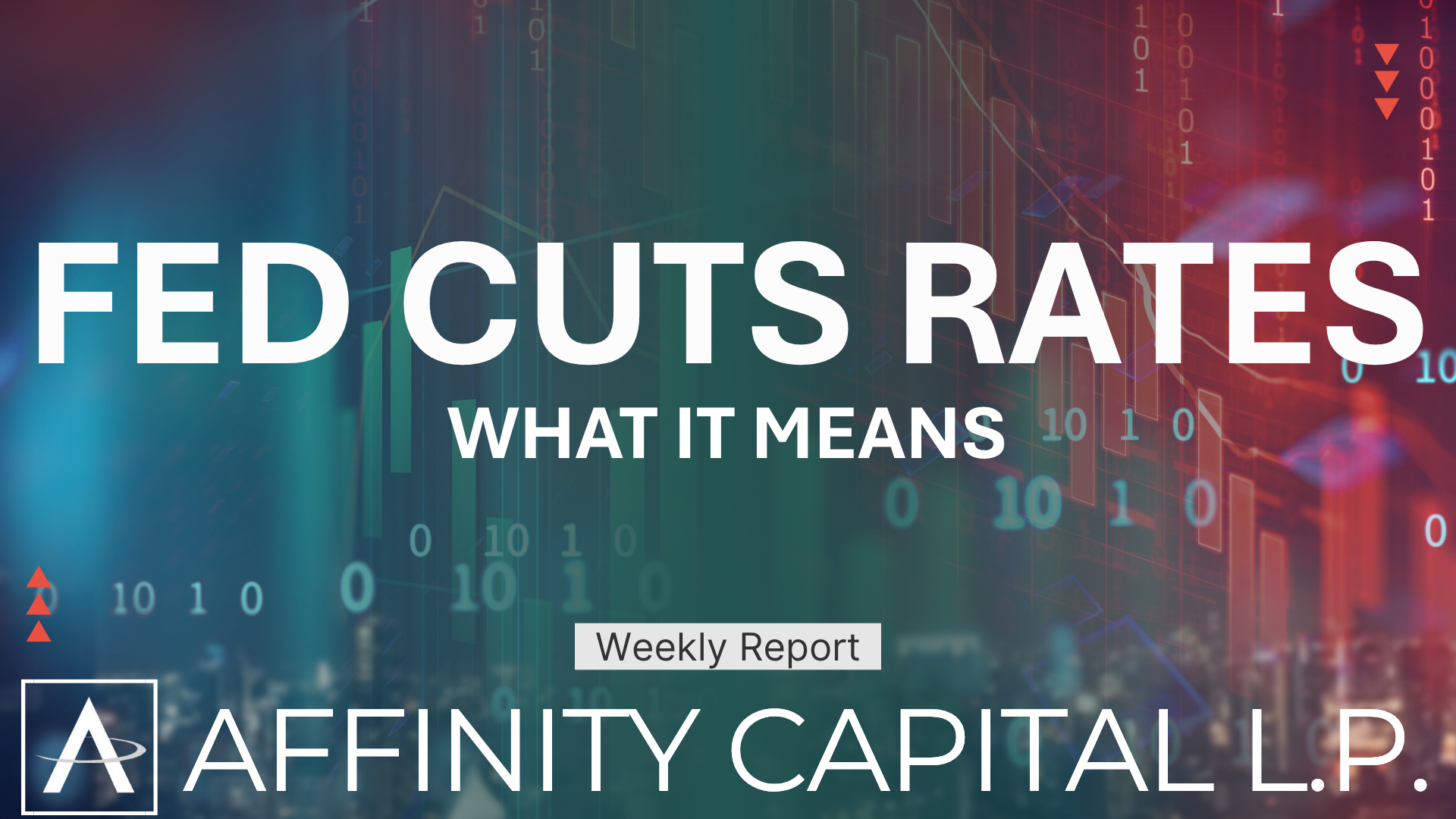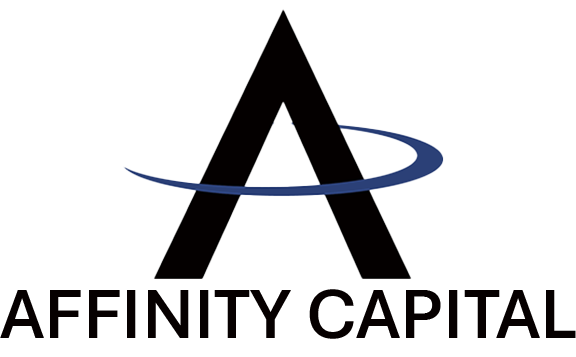Three Minute Digest for August 30, 2022

A teenager lost a contact lens while playing basketball in his driveway. After a brief, fruitless search, he gave up. His mother took up the cause and within minutes found the lens.
“How did you do that?” he asked.
“We weren’t looking for the same thing,” she explained. “You were looking for a small piece of plastic. I was looking for $150.”
Cash has been a substantial asset class in our portfolios. We have taken much of the risk out of your portfolios and still posted appreciable returns against the indices. There remains concern for the health of the markets going forward.
Affinity Capital pays attention to the entire concept of investing as a whole, but just as the teenager was looking for a small piece of plastic, the mother was looking for its value just as we are looking at your entire financial life rather than a single impressive monthly or quarterly account statement. We all want to make money every day the market is open, but the goal is to achieve your lifetime financial goals.
A cash position is not of little strategic value in a portfolio. We believe that timing the market for long-term success is fraught with difficulty and we do not advocate this strategy. Increasing cash balances during obvious periods of market declines and significant economic uncertainty is prudent and has served us well. This is especially true as both stock and bond markets have declined in a period of economic “stagflation” not seen in fifty years.
There were rallies off the market lows and they came in two stages:
- The first was “short-covering” or gaining as the price declines.
- The second stage is investor money that was afraid of missing something and jump in. This is when emotion overcomes process and faith in investing.
There were three technical watch areas that we monitored during this rally from the market lows. These rallies had enough strength to reach the third level. The market did in fact reverse direction upon reaching our third level. We believe there is more long-term information about where and when to invest going forward especially after the Fed comment Friday from Jackson Hole.
The uptrend in the market broke last week and the Dow has sold off more than one thousand points. Our continuing belief is that this is a break in the bear market rally and the technical data points we interpret have been correct so far. The longer-term trend remains down! This market cycle will be measured over the next 12 to 24 months, at a minimum. Our present level of capital preservation mode is prudent.
We are in a position to evaluate levels in which to invest but overall, they are not encouraging. Nor do our fundamental tools such as economic data and corporate earnings provide a very inviting scenario for investing. The markets are forward looking but for now we see little optimism for next year. The Federal Reserve meetings centered around raising interest rates and the mid-term elections in November will be telling pivot points for the rest of 2022. Last week we added a 10% position of short-term Treasury Inflation Protected Securities, and we will continue to evaluate further opportunities.
We believe the best-case scenario is for the market to be stagnant going forward. Our Indicators tell us that breaking through the bear market rally and going higher is less probable. The likelihood of the markets falling all the way back down and lower remains a real concern. Cash is prudent yet a difficult choice to make.
Thank you for the opportunity to serve you and your family.




